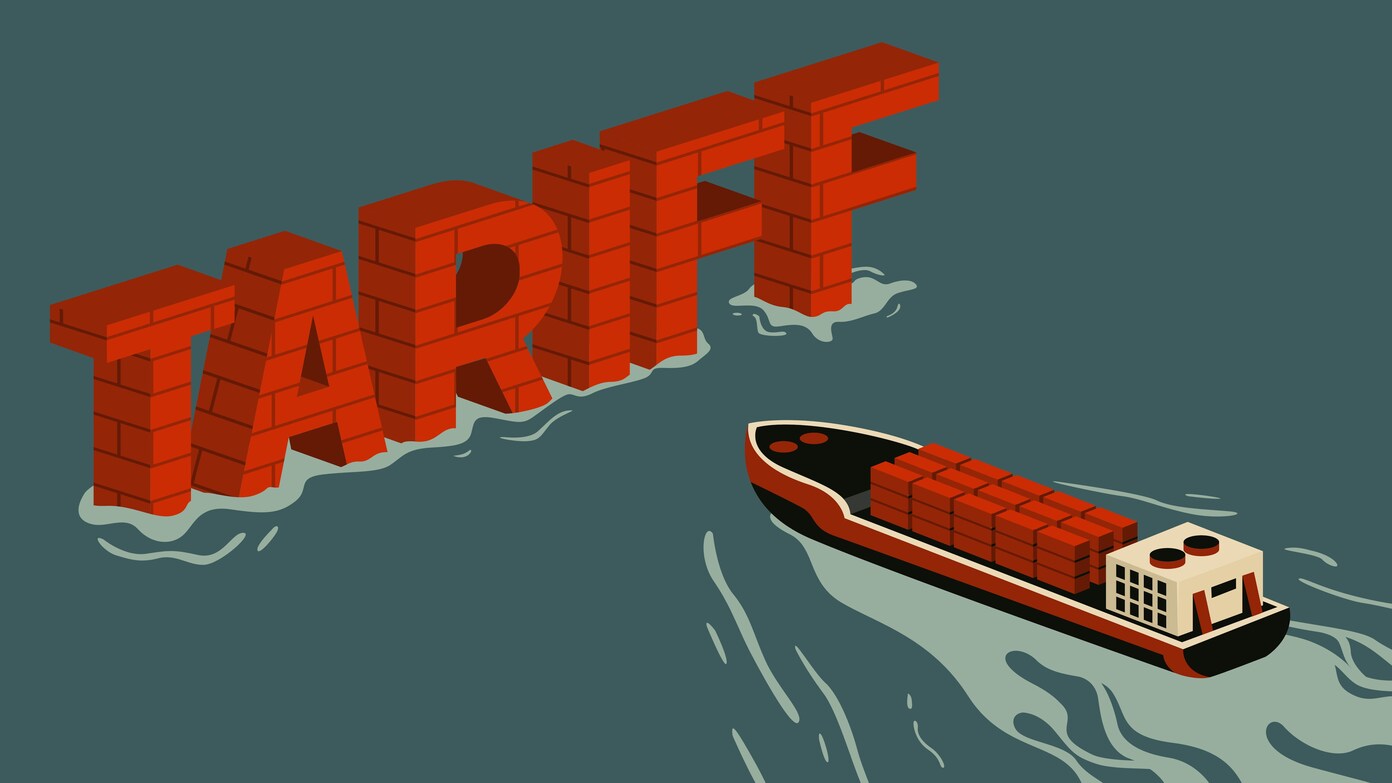A new stimulus-type plan arrives in Congress
Is a $600 check—or $2,400 for households of four—headed to your mailbox? That’s what legislators are debating under the guise of a new bill titled the American Worker Rebate Act. The bill, introduced by Sen. Josh Hawley (R-MO) last July 2025, would offer households an avenue to fund higher costs initiated by the administration’s new tariffs.
If passed, the bill would send at least $600 to every adult and child dependent, tapering off for couples making over $150,000 a year. But don’t go ahead and start making your shopping spree plans just yet, because there’s one major catch—the bill has solid opposition in Congress, even from Sen. Hawley’s own party.
Why this bill exists
Tariffs raise the cost of imported goods, and those higher prices often make their way through to consumers. The rebate would work much like pandemic stimulus checks, offering families immediate cash to cushion the blow of rising prices on family essentials like electronics, clothing, and groceries.
But economists are divided. Some believe the checks would be a boon for families, while others worry they would be useless in combating persistent price hikes. But the possibility of extra money has people wondering, “What would I do with $600?”
How far could $600 go?
To most families, $600 might not be cash that would change their lives—but with careful spending, it will make a difference. Here are two ways that financial planners say to maximize the spending of such a windfall:
1. Pay off high-cost debt first
Credit card debt is among the biggest consumer financial burdens in American households. With interest rates at around 22%, a modest balance will snowball into thousands of dollars within a span of only a few years.
You’ve got a credit card balance of $1,000, and you can make only the minimum payment of around $28. It would take you nearly five years to pay off, and you’d pay some $624 in interest.
Imagine you used a $600 rebate check to retire that balance. You’d still owe $400. Paying the minimum on $400 would take you about three years and cost only $154 in interest. That saves you about $470 in interest fees and shortens your repayment time by almost two years.
Bottom line: a rebate check employed in a prudent manner can save you hundreds of dollars more than its face value.
2. Get your money working for you
If you don’t have high-interest debt, putting your rebate in a money market or high-yield savings account is the intelligent thing to do. These accounts now yield around 4.0% APY, and so your money makes money and is still extremely accessible.
For example, putting $600 into an account that earned 4.0% interest would earn you a bit more than $24 after one year—your work doesn’t turn it into money, but it’s better than letting it sit there in a checking account.
Will this check actually happen?
The American Worker Rebate Act is still distant from Congress. Some Senate Republicans have also shown little interest in supporting it, and some others criticized the notion that direct checks will contain the solution to the wider economic shock from tariffs.
Even if the bill passes the House and Senate, it must also be signed into law by the president. That leaves Americans unlikely to ever see these checks—and there’s no guarantee they’ll arrive at all.
The takeaway: Plan now, hope later
Whether or not this $600 rebate is real, planning ahead for what to do with any extra money is always a good idea. Pay off high-interest debt or save for emergencies before spending it on day-to-day things.
If the bill passes, four-person households could get $2,400, giving them a rare opportunity to catch up on past-due bills or build a cushion of savings. Even if it doesn’t pass, the debate is a reminder: each surprise dollar has the potential to pay out if spent responsibly.

